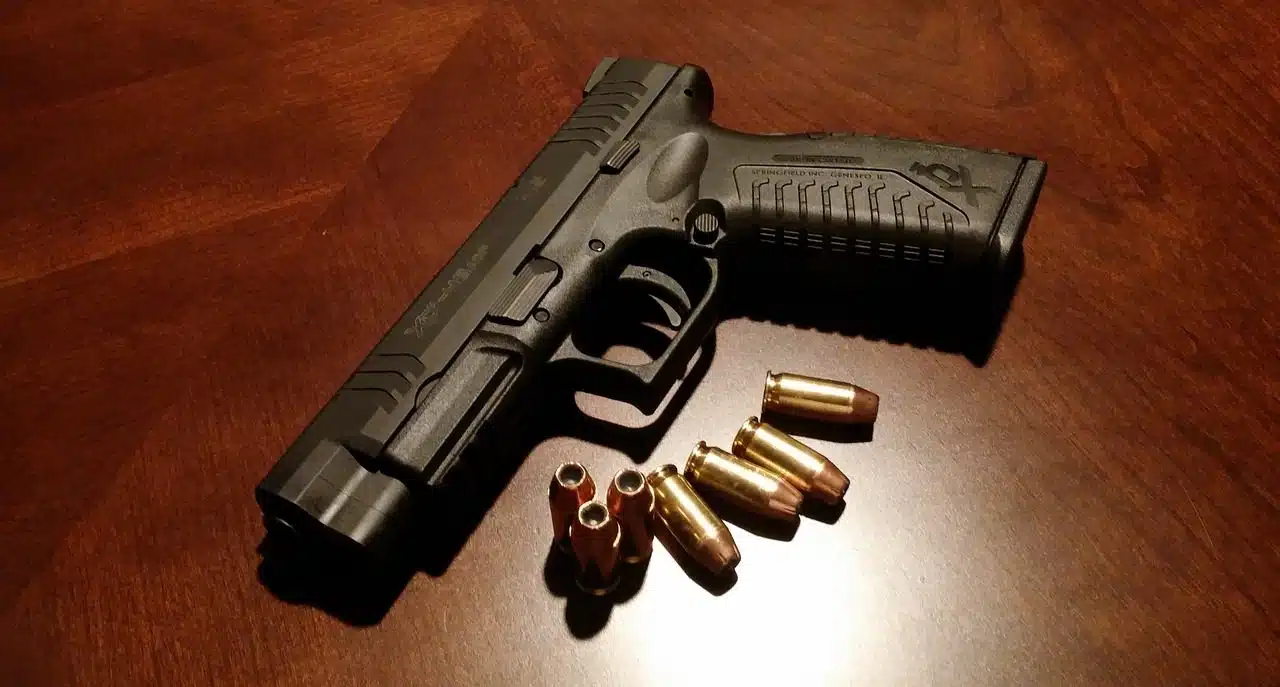
Ballistics studies the displacements and effects of bullets and other projectiles.
Ballistics is the discipline focused on the analysis of the displacement and effects of bullets and other projectiles . The concept is also used as an adjective to refer to what is linked to this area.
Ballistics studies the chemical and physical issues inherent in the movement of different types of projectiles, such as bullets, missiles and rockets. The trajectory and force in the behavior of a projectile according to the environment are among the topics analyzed by this specialty.
The material, appearance and temperature of the projectile are also part of the object of study of ballistics, which seeks to provide details of the entire process: from the moment of the shot to the impact.
forensic studies
Ballistics has specific applications that are very important. In the case of forensic ballistics , it is responsible for the study of firearms and projectiles involved in a crime . Their contributions often help solve crimes and find those responsible.
By analyzing bullets and weapons, or the effects of a projectile on a body, forensic ballistics can provide information about who shot, with what weapon, from where, in what direction, etc.
As can be seen, the analysis involved in the study of ballistics provides a large number of data that not only focuses on the projectiles themselves and their characteristics, but also on the environment in which they were fired and their passage through it. In addition to forensic medicine, another area in which this discipline is very important is the military.

Ballistics can help solve crimes.
Types of ballistics
Ballistics is divided into three branches:
- Interior ballistics : focuses on the study of the phenomena that take place inside the weapon , from when it is fed until the projectile is fired.
- External ballistics : observe everything that happens from the moment the bullet leaves the weapon until it collides with its target or loses force and falls. The trajectory and the effects of the environment on the projectile are two of the points of interest in this field.
- Terminal Ballistics : Analyzes the effects of the projectile colliding with a target.
An example
Suppose that, in an open field, the body of a man appears with a bullet in the head . Investigators find out that this individual had been threatened days ago by a neighbor. When they arrive at the suspect's house, they find a revolver.
Thanks to ballistics, it is discovered that the projectile found in the victim's head had been fired with this same weapon. Other evidence also demonstrates that the revolver in question was actually used by the dead man's neighbor. In this way ballistics allows the case to be resolved.
Ballistics in fiction
Police genre television series are among the most popular worldwide, although those from the United States seem to enjoy the greatest success given that they are exported to a large number of countries with the corresponding dubbing. Since this massification of detective stories and criminal investigations , the term ballistics is now part of the vocabulary of many people outside the police field.
Needless to say, many resources are used in fiction to enhance the impact of the plot that could be considered exaggerated. Usually, the main character is a detective with an almost superhuman ability to solve cases: he just needs to look at a corpse to reconstruct the scene and determine from where he was shot, if someone was waiting for him in hiding or if it was a suicide. covert. Ballistics in real life, of course, does not work so instantaneously.
